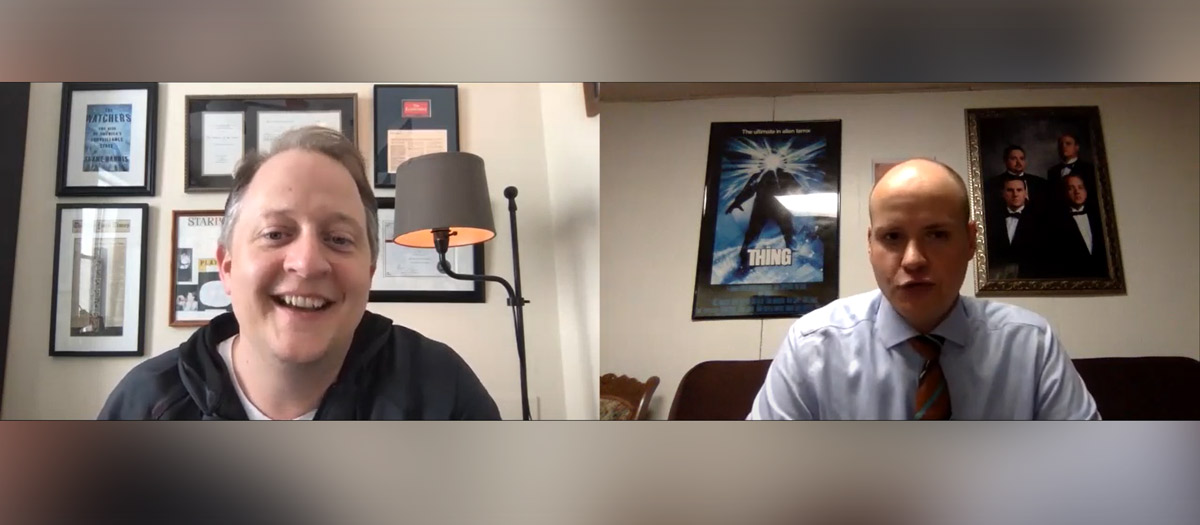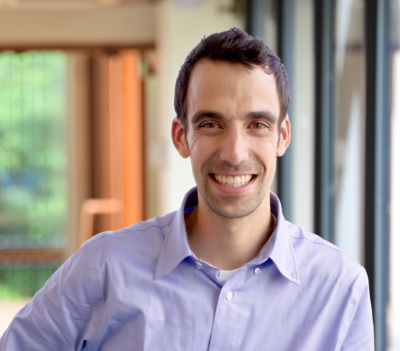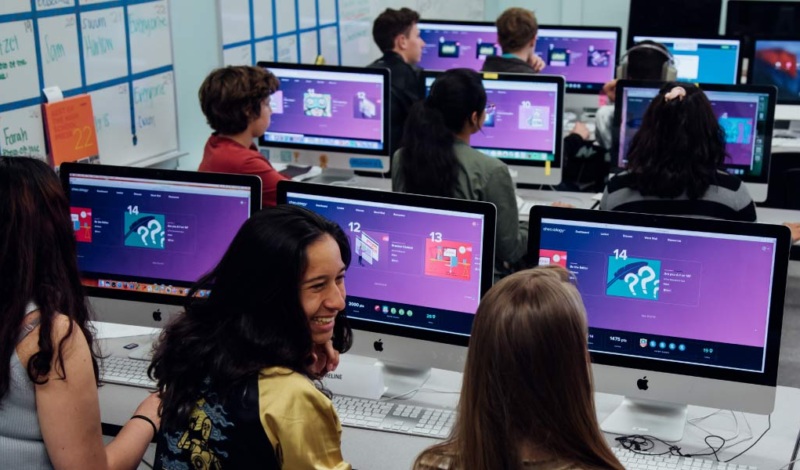
Early news literacy ‘lessons’ benefit Washington Post reporter
When Shane Harris, an intelligence and national security reporter at The Washington Post, was in fourth grade in the mid-1980s, he received an informal introduction to news literacy.
As part of his language arts and English class, Harris and his classmates spent a week learning how to read the newspaper. They started with the front page, as the teacher explained how stories placed there were likely the most important of the day. Then they turned to the opinion pages, learning the difference between columns and news stories.
“That is basic news literacy,” Harris said recently, “and it kind of informed a lot of my behavior as a news consumer ever since.”
Harris has reported about intelligence and national security for two decades and is the author of two books: The Watchers: The Rise of America’s Surveillance State and @War: The Rise of the Military-Internet Complex. He’s also a firm believer in news literacy as a solution to today’s convoluted information landscape. So Harris quickly jumped on board when the Post’s executive editor, Marty Baron, told the newsroom about the News Literacy Project’s Newsroom to Classroom program , which connects journalists with students.
“I was just really pleased that as an institution, we were encouraging our reporters to go talk to young people about how to read the news and how to be smarter consumers about it,” Harris said.
Connecting Washington Post, classroom
Once he signed up, Harris, who lives in Washington, D.C., connected with Cade Elkins, a high school teacher in Huntington, West Virginia. Initially, the session was going to take place over Skype with Elkins’ students in the room to ask questions of the journalist. But then COVID-19 hit and the school went remote. Elkins solicited questions from his students and presented them to Harris during an insightful, hour-long video conversation.
You can watch it here.


“They tend to ask like really frank questions that oftentimes go to just core basic issues about what we do, how we do what we do,” Harris said. “And I was also really impressed that they were clearly discerning. They had skeptical questions, too, about how we report and what they read and what they see.”
Elkins and Harris talked at length about an issue that Harris sees as critically important to having an informed public that trusts standards-based reporting — demonstrating how quality journalism is done.
Lifting the curtain on journalism
“I think that sometimes we hide behind the mystique of what we do to kind of convey some level of authority to it of, ‘Just trust us, we’re professionals,’” Harris said. “Well, you know, to a degree, yes, we’re professionals, but that doesn’t mean we’re above explaining how we do things to people.”
That’s a big part of what the Newsroom to Classroom program — and our NewsLitCamp® — are all about. If students have a better understanding of how reporting works and that a story doesn’t start and end in a day but develops over time, Harris noted, they will be more likely to trust good reporting and believe in its importance.
Journalists also can gain trust by helping students — and the general public — understand that they are doing their jobs to inform readers and are not insiders armed with special information that they choose to disclose based on personal motivations.
“I think the more that we can convey to people that what we do is a job and that we’re moving through the world just like everybody else, it makes it seem, I hope, that what we’re doing is more trustworthy and certainly more transparent,” Harris said.
News literacy a must
In high school, Harris’ favorite class was civics. He loved learning about government. But a lack of civics knowledge and education is a problem in the U.S. Almost half of adults questioned about civics couldn’t name all three branches of the government, according to the 2020 Annenberg Constitution Day Civics Survey. Given that reality and the immensely challenging information landscape, Harris thinks news literacy is a must for students and the public.
“We’re talking about basic tools that you have to equip people with not just to be good citizens participating in a democracy, but to ensure that they’re not exploited and they’re not taken advantage of,” he said. “I feel really strongly that news literacy is an important part of that kind of curriculum.”
The Newsroom to Classroom program is part of the solution.
If you are a teacher signed up for Checkology®, reach out to a journalist in the directory. If you are a reporter interested in talking about your profession to students, learn more about the program here.


